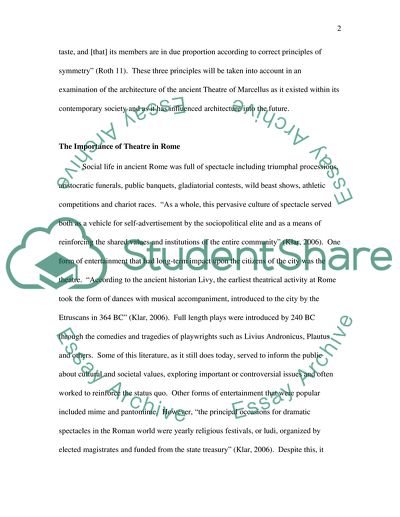Cite this document
(Theatre of Marcellus Case Study Example | Topics and Well Written Essays - 2000 words, n.d.)
Theatre of Marcellus Case Study Example | Topics and Well Written Essays - 2000 words. Retrieved from https://studentshare.org/architecture/1548569-the-theatre-of-marcellus
Theatre of Marcellus Case Study Example | Topics and Well Written Essays - 2000 words. Retrieved from https://studentshare.org/architecture/1548569-the-theatre-of-marcellus
(Theatre of Marcellus Case Study Example | Topics and Well Written Essays - 2000 Words)
Theatre of Marcellus Case Study Example | Topics and Well Written Essays - 2000 Words. https://studentshare.org/architecture/1548569-the-theatre-of-marcellus.
Theatre of Marcellus Case Study Example | Topics and Well Written Essays - 2000 Words. https://studentshare.org/architecture/1548569-the-theatre-of-marcellus.
“Theatre of Marcellus Case Study Example | Topics and Well Written Essays - 2000 Words”, n.d. https://studentshare.org/architecture/1548569-the-theatre-of-marcellus.


